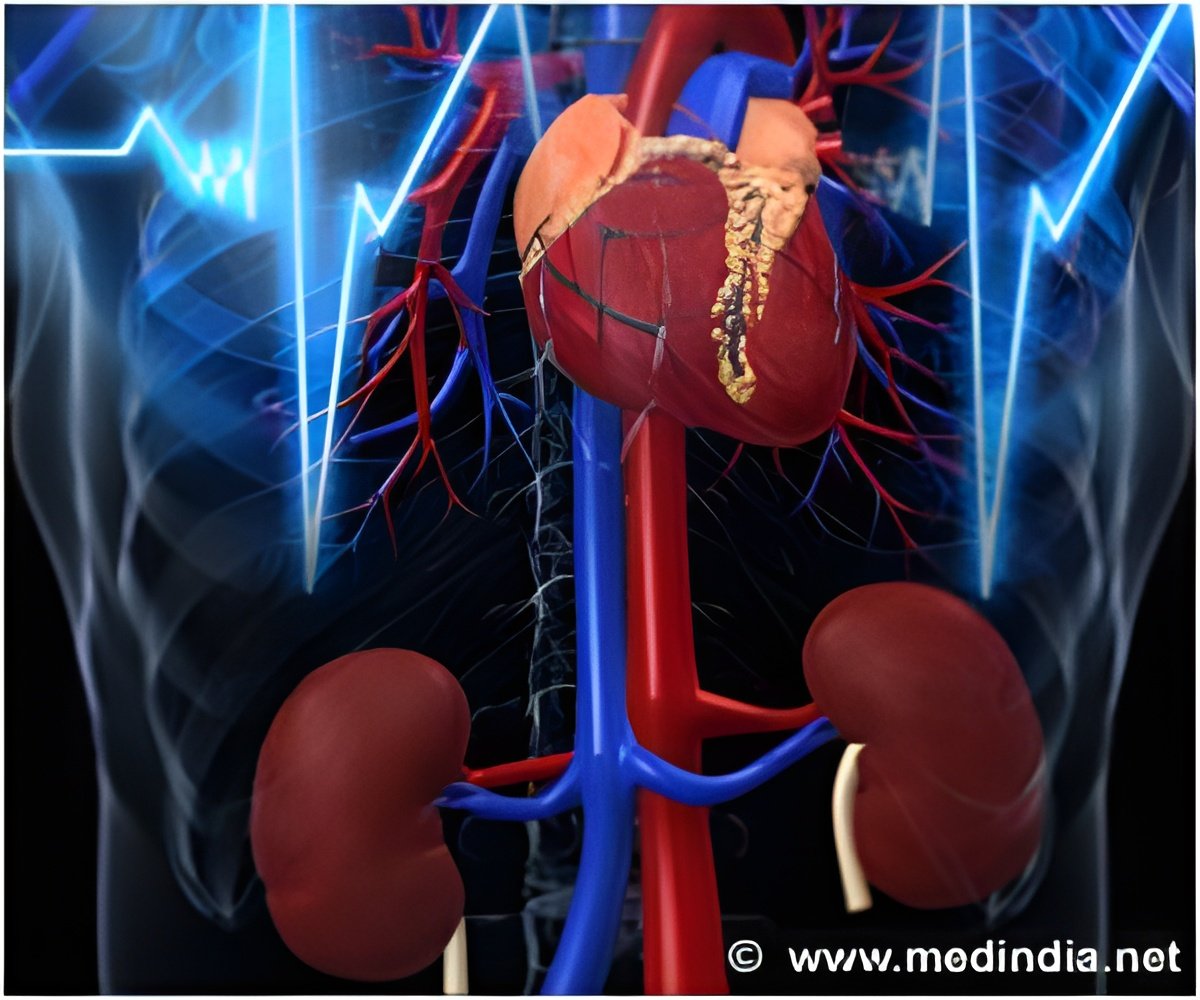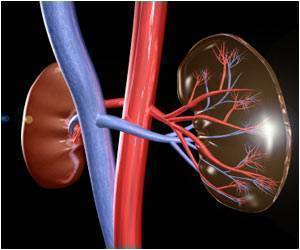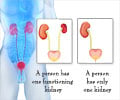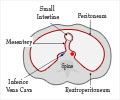Highlights- Kidney failure patients have high levels of sugar coating constituents in the blood and less sugar coating along the insides of their blood vessels.

- Kidney failure patients have high levels of sugar coating constituents in the blood and less sugar coating along the insides of their blood vessels.
- Damage to this sugar coating may be responsible for kidney failure patients' increased risks of heart problems.
Heart disease is the number one killer of individuals with kidney disease.
Carmen Vlahu (an MD/PhD student at the Academic Medical Center Amsterdam, in the Netherlands) and her colleagues wondered whether the "glycocalyx," a sugar layer coating the insides of blood vessels, is damaged in patients with kidney failure and is responsible for their increased risks of heart problems. To investigate, they used a newly developed imaging method to look at 40 patients' and 21 healthy individuals' blood vessels. They also measured participants' blood levels of glycocalyx constituents.
Compared with healthy individuals, kidney failure patients had lost some of the glycocalyx coating the insides of their blood vessels, and they had high levels of glycocalyx constituents in their blood, consistent with increased shedding of glycocalyx from blood vessel walls.
"Impaired glycocalyx barrier properties, together with shedding of its constituents into the blood, probably contribute to the aggressive vascular pathology present in this group of patients," said Vlahu. "The state of endothelial glycocalyx and its circulating components could provide valuable tools to monitor vascular vulnerability, to detect early stages of disease, to evaluate risk, and to judge the response of patients with kidney disease to treatment," she added.
Source-Eurekalert















